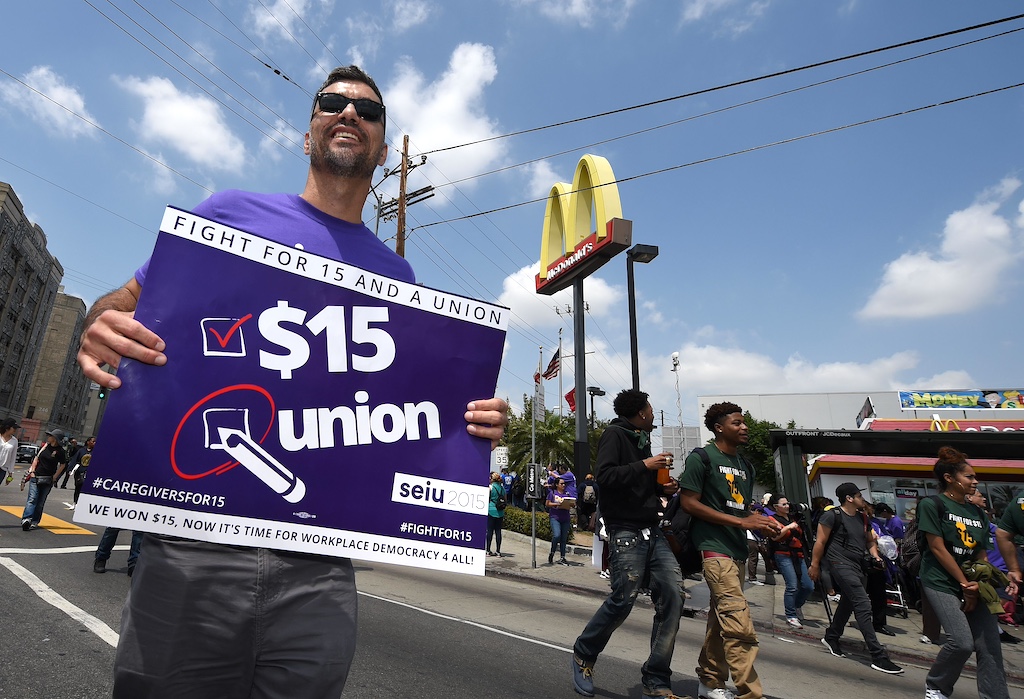In the wake of the Democrats’ devastating election loss to Donald Trump, everyone is trying to figure out how to rebuild a broad coalition of working-class voters that the party, shockingly, lost to a Republican billionaire last November.
“We just have to decide if we want to win elections or not,” Sen. Chris Murphy recently said. “And in order to win elections, all across this country, we’re gonna have to build a coalition with some people who don’t line up with us on a host of really important issues.”
Many in the broad Democratic coalition have put forward a variety of their own answers for how to do this, from rejecting progressive activists and talking about patriotism and “main streets” to kicking trans people to the curb, even though trans issues were way down at the very bottom of voters’ most important issues. But what if the answer was something simpler? Something that has proven popular across partisan and ideological lines, would throw specifically working-class Americans a lifeline while living costs surge, and which has already shown to be an electoral winner? What if the answer to winning over workers, in other words, is to run on an actual pro-worker policy?
I’m talking about raising the minimum wage.
For more than ten years, the demand was to hike the federal minimum from the lowly $7.25 an hour it is now to $15. But the ravages of inflation — first the steady, normal rate of the second half of the last decade, then the turbocharged rate of the last four years — means that figure now should be at least $20 an hour, which would still only translate to $41,600 a year for a full-time wage worker (and many wage workers don’t work full-time hours).
Besides being just the plain right thing to do, a minimum wage hike is an obvious, no-frills, easy-to-understand response to people’s struggles in the era of inflation: “Having trouble keeping up with costs? We’ll lift up your paycheck by making sure…
Auteur: Branko Marcetic

